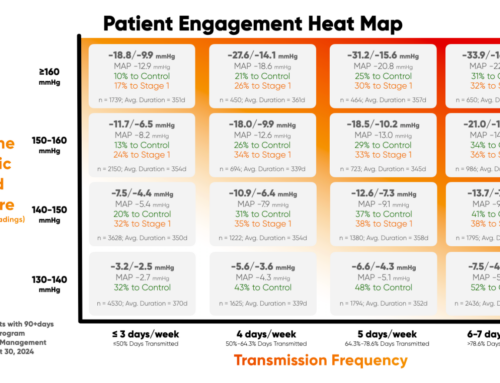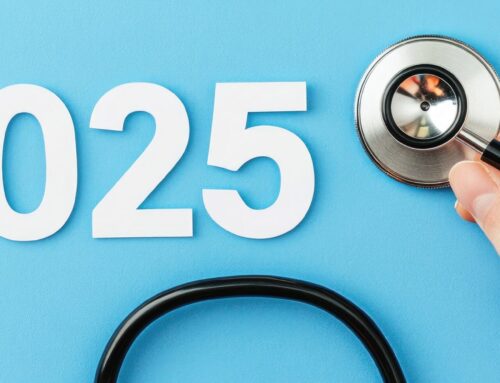Advancements in the field of healthcare devices and applications along with the developments in sensor and communication technologies are making it increasingly possible to remotely observe and supervise patients staying at home. Remote Patient Monitoring or RPM for chronic disease management is one such innovative development with the potential for a huge positive impact in a world with an aging population and rising medical complications.
An RPM program consists of the following processes:
- Acquiring the data
- Processing the data
- Sending the data over a communication network
While the monitoring of the elderly, premature children, chronically ill patients, and even accident victims, falls under the purview of remote healthcare, RPM for chronic disease management is especially valuable as chronic diseases account for roughly 90 percent of America’s healthcare costs. Most of this, however, is manageable with RPM that can help modify patient behavior.
RPM can lower costs, increase efficiencies, and improve health outcomes; thereby benefiting not only the patients but also health providers and the entire healthcare system.
How Can RPM for Chronic Disease Management Benefit You as a Healthcare Provider?
While you can see clear benefits of RPM for your patients, do you as a healthcare provider have doubts with respect to the financial value you can derive, the additional burden you might have to take on, or your returns on the investment you will need to bring in? Read on to find out more about some of the key benefits of using RPM for chronic disease management in your healthcare facility.
Enhanced Productivity
With RPM for chronic disease management, you can improve workflow productivity by using patient data to improve communication and prioritize care delivery. You can also expand revenues through enhanced productivity when you achieve lower waiting room congestion, thus devoting more time to chronically ill patients in need of immediate attention.
Expanded Revenue Streams
Combining HealthSnap’s RPM and telehealth services, healthcare providers can charge for remote patient interactions while extending hours to secure additional billable time. CPT codes 99457 and 99458 reimburse physicians for the time they spend on remote care activities, including review of patients’ data. Patients, using telehealth, can schedule appointments from any location at times that are more convenient, thus reducing no-shows and increasing revenues.
Increased Engagement
Constant monitoring and transmission of their data to the care providers through RPM makes the patients more observant and compliant to their health management plans. By achieving increased engagement with RPM for chronic disease management, medical care providers can achieve improved outcomes.
Greater Healthcare Access and Reach
With the growing shortage of physicians, RPM offers a way to expand networks and connect areas that are typically inaccessible to traditional healthcare delivery systems. Elderly patients who are not tech-savvy also get an opportunity to be more engaged in their health because RPM for chronic disease management helps bridge the digital divide.
How Can HealthSnap Help Your Organization Remotely Manage Chronic Conditions?
With HealthSnap, healthcare providers can transmit data in real-time and route patient-specific medical alerts, helping your care team members to make personalized, data-driven clinical decisions. All your chronic care needs are consolidated on one platform, leading to overall efficiency in managing chronic conditions.
The interoperability of the HealthSnap platform makes it conducive for healthcare organizations to work out of their current solution. Our all-in-one integrated Virtual Care Platform provides real-time, continuous, and scalable RPM for chronic disease management.
To know more about how HealthSnap can empower your care team to expand revenue streams, improve patient outcomes, and scale down utilization; call at 888-780-1872 or complete our online form to request a demo.











